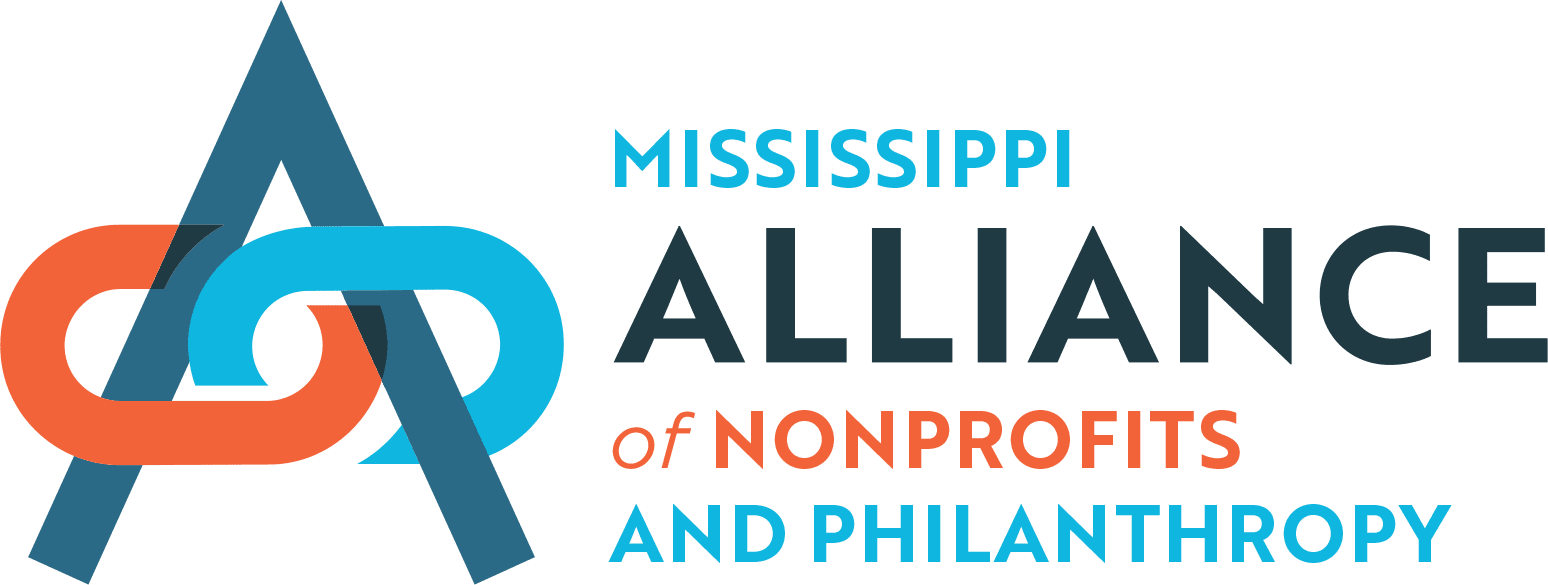Consultant Corner


President and Chief Consultant
Surge Advisors
&
Consultant
MS Alliance of Nonprofits and Philanthropy
Nonprofit leadership: Weathering the storms
The year has started off with a bang; earthquakes, fires, tornadoes, wars, cyber attacks, bombshell revelations, devaluation of the dollar, and a looming debt crisis. Some of these seem far away, but can negatively impact nonprofits, families, and individuals right here in Mississippi if you’re not prepared.
My assessment: 2024 could be the worst of times, or the best of times, and therefore requires a strategic plan.
Following are a few action items to consider…
1. With input from your employees, conduct a Strengths, Weaknesses, Opportunities & Threats (SWOT) analysis.
2. To hedge against price inflation and supply disruptions, assess your most important supplies and order extra now.
3. Streamline your organizational structure and focus on becoming more efficient and effective.
4. Update and prioritize your needs list with real cost estimates.
5. Identify key relationships and resources and strengthen them!
In addition, here are some external opportunities and potential threats on my own radar, good for you to be aware of, and also take into consideration during your SWOT analysis process:
OPPORTUNITIES
1. As businesses recognize the importance of contributing to society, corporate employee-giving programs increase.
2 New giving platforms make it easier for individuals to find and give to nonprofits matching their own personal values.
3. Lockdowns are over. The public is now more willing to engage in their community and demonstrate support of organizations via their spending or boycotts.
4. Social media helps raise awareness, encourages critical thinking and enables robust discussion.
5. Outcomes and testimonials sell and have a greater impact on brand awareness and donations.
POTENTIAL THREATS
1. As interest payments reach $1.5 trillion, the U.S. debt hit $34 trillion, causing a downgrade in our country’s credit rating.
2. According to many economists, we have a corporate bond bubble, a sovereign bond bubble, and a treasury bond bubble on the verge of breaking.
3. Due to inflation, the expiration of additional Supplemental Nutrition Assistance Program benefits, and running out of savings, food banks are on track to log record visitors this year. More than 90% of items tracked in the Consumer Price Index are more expensive than they were in February 2020, with most price increases landing north of 20%. Fuel and margarine price increases are approaching 55%, and the Bureau of Labor Statistics data shows food prices are nearly 25% higher.
4. In 2023, U.S. bankruptcies surged 18%. Commercial Chapter 11 business reorganization filings shot up by 72% to 6,569, from 3,819 the year before.
U.S. jobs data have been revised downward 10 out of the last 11 months. In 2024, nonprofits must pay attention to the world around us—locally, regionally, and nationally, while taking advantage of every opportunity. With advanced thought and planning, having a strategy in place will be paramount to overcoming possible obstacles and navigating unforeseen sector encounters during turbulent times.
Related Articles
Equity in Response, Recovery and Resilence: An Action Report in Five Parts
The Mississippi Alliance of Nonprofits and Philanthropy (the Alliance) was created to enhance coordination, collaboration, and communication among nonprofits, maximizing existing funding and expanding resources. The Alliance also focuses on embedding equity into nonprofit work, aiming to ensure equitable outcomes. During the 2022 Jackson water crisis, nonprofits worked to meet urgent needs. Recently, with funding from the US Water Alliance, the Alliance and its partners have been studying equity in disaster response, recovery, and resilience efforts.
Revisiting Big Questions for Philanthropy: When to Bridge and When to Fight
Two big, related questions have hung over many in philanthropy these past several years: first, how best to protect democracy, and second, how to work to bridge differences in a polarized time.
Sabbaticals and the Case for More Rest for Leaders of Color
Social change isn’t possible when nonprofit leaders are exhausted. Extended paid leave helped me — and can help others.

